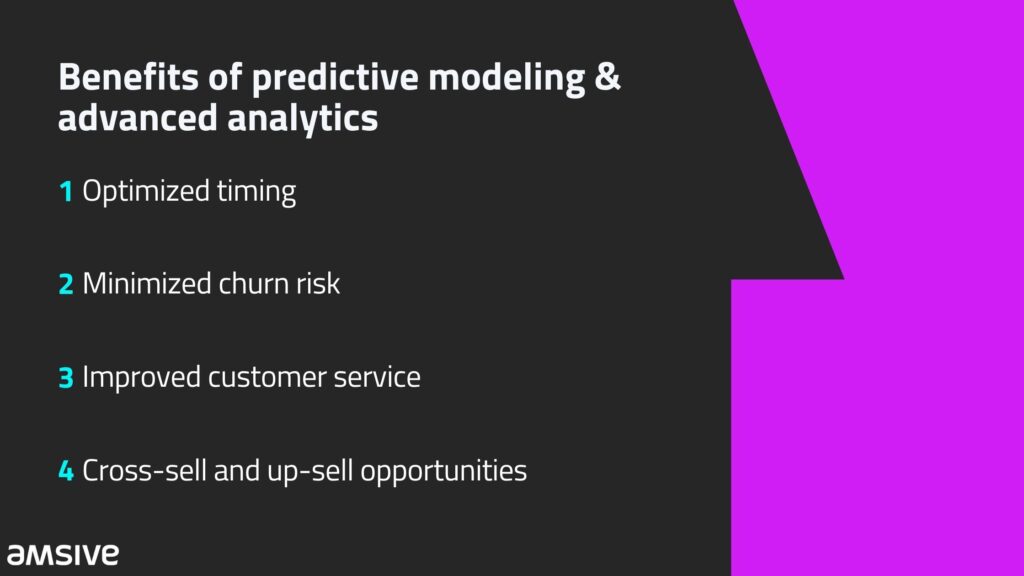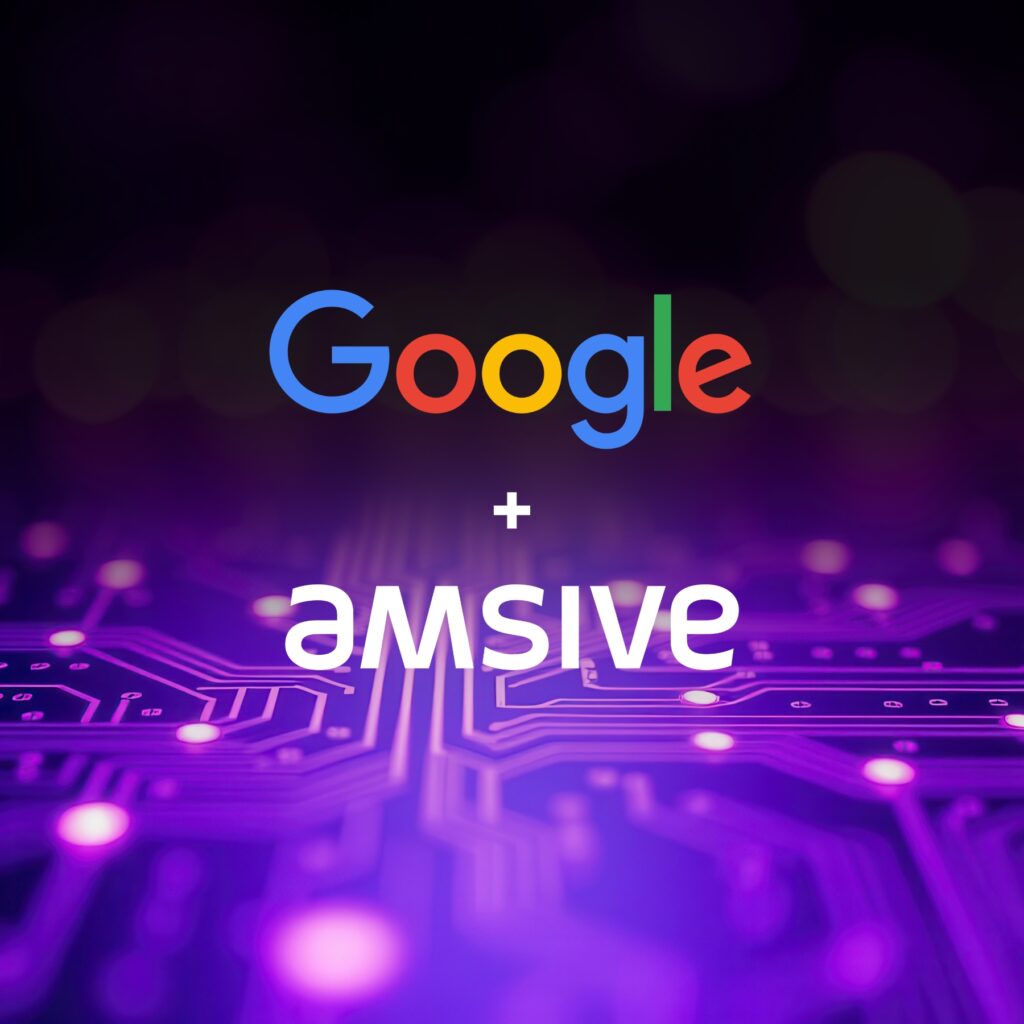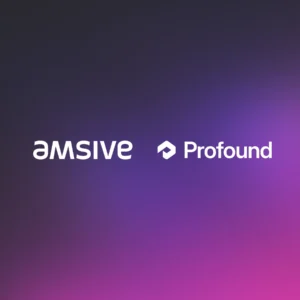With the predictive modeling field continuing to evolve, marketers are looking to align this developing science with their 2024 goals. Improving your predictive modeling and advanced analytics will help you reduce potential risks, such as customer churn rate, create more personal and proactive customer experiences, and give your strategy a competitive advantage.
The true challenge lies in revolutionizing how we use predictive modeling to meet upcoming marketing challenges. Utilizing predictive modeling and advanced analytics will allow your team to gain a deeper insight into audience nuances, continuously adapt strategies, and improve budgeting efficiencies as the marketing landscape shifts.
There are several approaches to predictive modeling and advanced analytics, but they hinge on having data scientists who understand your business. The right team with the right MarTech stack will be able to enhance audience engagement and marketing efficacy and understand how it identifies hidden customer behavior patterns, segments audiences more accurately, and drives growth in an increasingly complex market.
First, let’s examine the three most common and foundational analytic techniques.
Jump To:
Three Advanced Analytics Techniques
Decision Trees
Most often used when attempting to understand an individual’s decision, decision trees are classification models that group data into different categories based on particular variables. Each branch of the “tree” represents a potential choice, and the leaf coming off the branch represents the result of the decision.
Regression Analysis
A statistical analysis technique that estimates relationships between variables, regression helps recognize patterns in large data sets to determine the correlation between inputs. Regression is generally used to determine how one or more independent variables affect another. A good example is how a price increase can increase or affect the sale of a product.
Neural Networks
Machine learning methods that are especially useful in advanced analytics when modeling complex relationships and neural networks offer robust recognition that is best used to determine nonlinear relationships in datasets, especially when there is no mathematical formula to analyze the data. Neural networks effectively prove the results of decision trees and regression models.
The Evolution of Predictive Modeling in Marketing
Beyond the Basics: Elevating Predictive Modeling
Predictive modeling works; it has for years. Businesses gain a competitive edge when they dig into data that measures how customers interact with their company at all touchpoints–from their preferences to their demographics to their actions. But it’s no longer enough.
According to Harvard Business Review, marketers are adopting GenAI and AI algorithms to enhance their audience targeting, improve current offerings, identify customer needs gaps, and improve customer experience and relationships. AI algorithms can also predict customer behavior, generate data-based customer personas, and segment markets more effectively.
Businesses that leverage predictive modeling have access to a deeper amount of customer data, which is used to build insights that get to the heart of what motivates their customers while also anticipating market shifts. With this ability, businesses can more efficiently and effectively determine how to improve the customer experience from start to finish, resulting in retention and acquisition–and an advantage over their competitors.
The Role of AI in Transforming Predictive Modeling
AI: The Game-Changer in Predictive Modeling
Predictive modeling and advanced analytics give businesses a clearer picture of their consumers and further personalize their messaging to each customer. AI in predictive modeling gives marketers tools that they can use to personalize at scale, using deeper and more accurate data based on individual preferences and behaviors.
This enables marketers to optimize their strategies using specific content and personalized messaging that resonates with a targeted customer segment.
Better customer targeting allows for more tailored marketing campaigns and personalized offers that speak to an individual’s interests and needs. This can result in higher conversion rates, increased customer acquisition and retention, and better ROI.
Leveraging Advanced Analytics for Deeper Audience Insights
Uncovering Hidden Patterns in Customer Behavior
Advanced analytics can identify purchase histories and browsing behavior, among other actions, and reveal less obvious, underlying customer behavior patterns–including potential future behaviors. Based on the data identified by advanced analytics, a business can understand when a customer might make a purchase or whether they’re considering switching to a competitor brand.
Armed with reliable information that was previously more difficult to obtain, businesses can devise precise and tailored campaigns for a narrower, more accurate customer segment. Other benefits of leveraging advanced analytics include:
Creating Hyper-Personalized Marketing
62% of consumers are likely to lose brand loyalty if that brand doesn’t offer personalized experiences. When you know each customer’s preferences, behaviors, tendencies, and, potentially, their future actions, you can execute personalized campaigns highlighted by tailored product recommendations, content, and promotions, significantly increasing the likelihood of conversions and customer loyalty.

Making Better Marketing Decisions
Not long ago, marketing resembled a guessing game–and if you guessed incorrectly, you spent weeks or even months reworking a campaign or launching a new one. Now? Advanced analytics lays the foundation for educated decision-making backed by evidence and data. With the increase in collected data and the added ability of data clean rooms, marketers can better understand how their customers behave online in record time. Advanced analytics lays the foundation for educated decision-making and backs these choices with data.
Gaining a Competitive Edge
Outperforming your competition may be the difference between making or missing sales goals. Businesses that take advantage of advanced analytics maintain a competitive advantage by quickly reacting to and meeting customers’ needs.
Spending More Efficiently
Leveraging advanced analytics, companies can allocate their resources directly toward the customer segments, campaigns, and platforms that will yield the highest returns. Marketers love good ROI and cost efficiencies, and advanced analytics delivers plenty of both.
A classic example of the impact real-time data can have on a company’s bottom line is the abandoned shopping cart. Through real-time data analysis, a company knows immediately when a shopper abandons their online shopping cart before completing the transaction. That often triggers an expeditious response to the customer, such as an email reminder or a coupon code for a discount on anything left in the cart. If you’ve ever received one of those discount codes, you know that it’s a perfect example of effective and efficient marketing.
Adapting Strategies with Predictive Modeling
Efficient and Effective Marketing Spend
Marketers are always driving and optimizing campaigns to push the boundaries of performance, and we know how advanced analytics can deliver it. Diving deeper into how predictive modeling translates to efficient and effective marketing spend requires a further look at data and web analytics. Data drives advanced analytics and delivers reliable insights and predictions, all of which can be used to optimize your marketing spend. By gathering the right customer data, market research, and web analytics, your business has a clear picture of precisely where and on whom your marketing budget is best spent.
When optimizing campaign efficiency, the importance of real-time data that advanced analytics can provide can’t be overstated. Marketers can instantly pivot and adjust messaging accordingly by analyzing ad or campaign performance, observing shifts in trends, and capturing customer nuances in real-time.
Enhancing Marketing Efficacy with Predictive Insights
Driving Growth in a Complex Market
Using predictive modeling in innovative ways positions your business to stand apart from a complex and oversaturated market and also lends itself to sustainable growth. Marketers can reach customers at every point in the funnel by using predictive insights fueled by real-time data. Advanced analytics can take you with your customers throughout the conversion journey, allowing you to react swiftly at every touchpoint.
Just as importantly, businesses can instantly address pain points and create optimal customer experiences while illustrating their value. All of these components build customer relationships and cement a business’s reputation as credible and trustworthy–both of which are cornerstones to growth.
We’ve covered how advanced analytics drive personalization and customer segmentation to spur sales growth and customer loyalty. Now, let’s look at some other examples of how innovative approaches to predictive modeling and advanced analytics positively impact businesses and industries.
Optimized timing: Messaging that utilizes optimized timing allows marketers to target their audiences at a time that will have the most significant impact. According to Adweek, brands that optimize the timing of their posts have seen a 4% increase in engagement on Twitter and a 17% increase in engagement on Facebook. Optimizing when your audience is shown your messaging increases visibility and may aid in improving click-through rates and reach.
Churn risk: The possibility of a customer disengaging from a brand costs U.S. companies over $160 billion annually. Losing these customers can increase acquisition costs and negatively impact your business. Using predictive modeling to analyze your churn risk and rate can improve your company’s budgetary efficiencies and pinpoint pain points within your campaigns.
Improved customer experience: One of the best ways to minimize your churn rate is to leverage your data to improve the experiences of your existing customer base. Using predictive modeling and advanced analytics will allow you to understand how your customers use your services and identify any gaps in your services.
Cross-sell and up-sell opportunities: If you’ve identified any gaps in your customer’s experience with your services, you may be able to parlay that difference into a cross-sell or up-sell to another product or service that you provide. Some retailers have achieved an open rate of over 90% with SMS messaging, with a further 45% response rate. Use predictive modeling to better understand complementary upgrades or products and to target them in your messaging.
While prevalent in and critical to marketing, predictive insights are rapidly becoming embedded in a wide range of businesses and industries and significantly impacting them all.

How Predictive Modeling and Data Can Support Your Audience Strategy
From the beginnings of brand strategy to campaign optimization, your audience provides answers for pivotal marketing decisions. Our unique Audience Science™ approach is based on deep consumer insights that share details, intent, and signals that only known audiences can provide. This proven approach helps businesses navigate complex data to identify, understand, and engage their highest-value customers. The results? Optimized marketing spend and activated audiences.
Gaining clarity about your customers in today’s complex marketplace is a steep challenge. We leverage predictive modeling to help power our Audience Strategy approach, which informs everything we do—from creative development to brand messaging, channel strategy, and media planning. We go beyond surface-level assumptions to uncover your data’s core drivers and relationships.
Our proprietary modeling techniques reveal the most significant factors influencing results, which enables us to understand the true dynamics that will shape your forecasts. With these insights, we build sophisticated models that capture the complexity of real-world systems. From there, we simulate a wide range of scenarios to stress-test the models before deploying them. This rigorous validation ensures the models will provide accurate forecasts you can confidently act upon.
Data and advanced analytics back the accurate, actionable insights Audience Science provides to unlock deeper, unprecedented insights into your highest-value audience segments so you can grow your business. Audience Science also uses advanced segmentation and predictive modeling to identify your most valuable yet untapped segments, which enables precision targeting to optimize your marketing spend on the audiences that matter most.
Take The Next Step
Businesses are increasingly leveraging predictive modeling and advanced analytics to anticipate shifts, better understand audience nuances, and quickly adapt strategies that prioritize efficiency.
By taking full advantage of the information advanced analytics can provide, marketers are in a position to speak to specific customer preferences, make data-informed decisions, and better allocate resources to efficiently and effectively convey their messages to the right audience. With better customer targeting comes more tailored marketing campaigns and personalized offers that result in higher conversion rates, increased customer acquisition and retention, and better ROI.
Forward-thinking marketers, however, are looking beyond even these critical advantages that predictive modeling offers. Businesses use advanced analytics to discover future customer behavior, proactively provide assistance and support, and instantly adjust underperforming campaigns that further revolutionize marketing with strategic AI-powered tools. As marketers adopt predictive modeling and advanced analytics, learn how to gain clarity on consumer intent by going beyond surface segmentation, or let’s talk about how we can help you adopt an audience-led strategy for your marketing – and your business.







